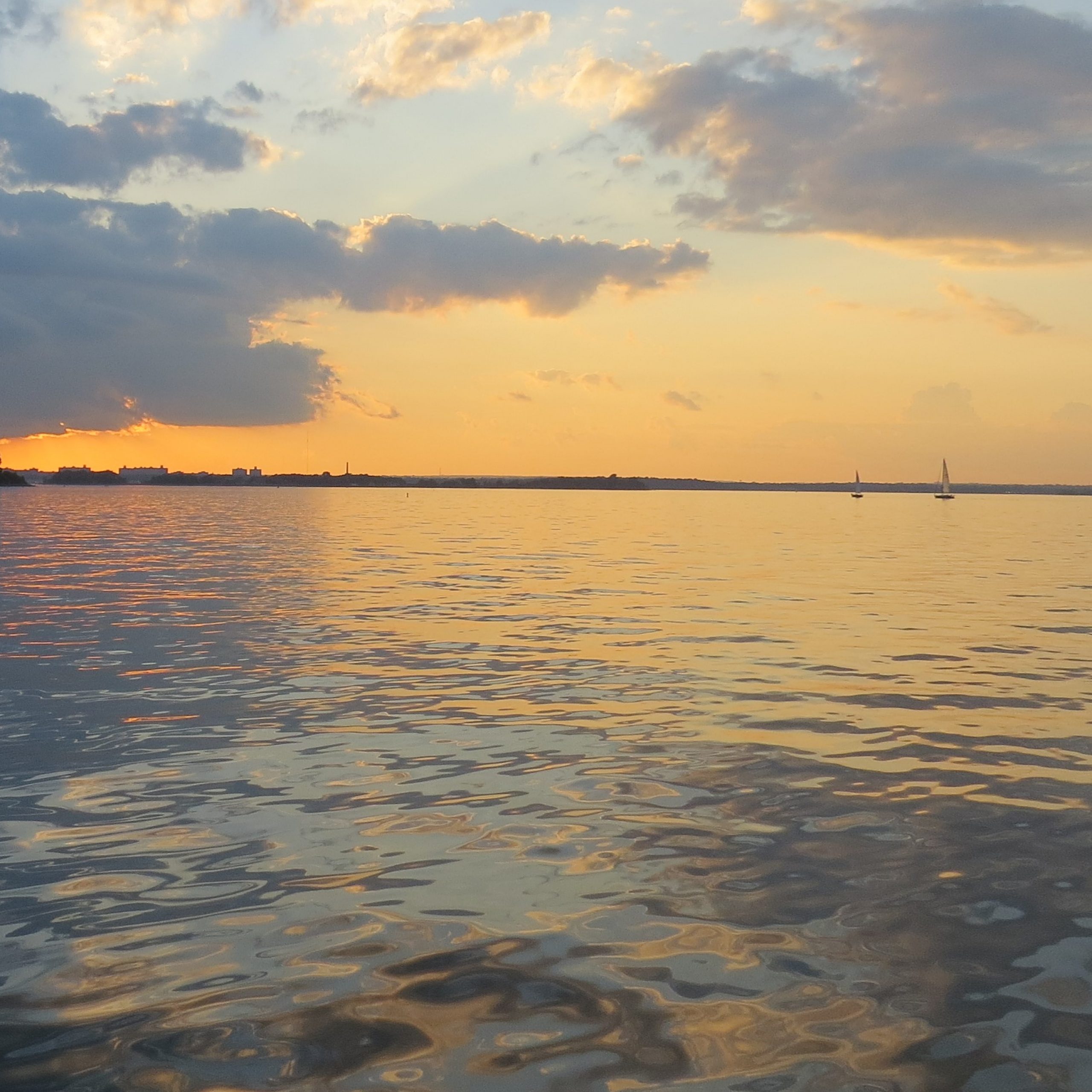In geological terms Long Island and the Long Island Sound are new kids on the block, both having been formed by the retreat of the ice age glaciers about 10,000–15,000 years ago.
The Sound was not as we know it today, having gone through several transformations. First, there was a lake, Lake Connecticut, formed by runoff from the retreating glaciers. That broke open on the Atlantic end and drained, but the sea level was still low and what was left became a plain and riverbed.
A second glacial lake to the north also broke open and the Sound became a marshy river delta. As sea level again rose, the Sound began to fill with seawater until it reached the form we know about four thousand years ago.
Pre-colonially the Sound was a plentiful source of food for indigenous peoples moving into the area following the retreating ice sheets. The first pioneers would have found a frozen tundra but very quickly spruce and pine forest would have grown in followed within a few generations by deciduous forests.
Animals would have followed the food resources of new vegetation, and fish, marine mammals and shellfish moved into the nutrient-rich waters.
Archeologists have identified 22 kinds of fish and shellfish from remnants found in middens. Huge colonies of seabirds provided food and eggs. Cranberry bogs filled marshy areas that are now our bays.
But even with this bounty, winters were a perilous time with starvation hovering nearby. With streams and bays frozen over, seabirds migrated south, plants dead or dormant, and many animals in hibernation, pickings were slim. But by the time Adrian Block sailed the length of the Sound in 1612, continental trading networks had brought corn, beans and squash from their origin in the southwest to the northeast.
The early Europeans to the region were not colonists but traders, drawn by the wealth of furs available; deer, bear, otter, marten and beaver pelts in particular.
Trading changed the relationship of the natives with the land. Instead of taking what they needed to survive, they now took more animals to trade. Over 100,000 beaver pelts were shipped to Europe and by the late 1600s they had been exterminated from the region.
Traders also caused something new, inflation, when they discovered they could create their own wampum (discs of drilled shell used as currency) much faster than natives with metal drills.
Other trade goods were products both practical like metal cookware and decorative like the notorious beads bartered for Manhattan Island.
When colonists arrived in numbers, clearing of the land began on a massive scale to create farmland. Without habitat, animals began to disappear or be pushed into remoter areas.
Natives had to compete with colonists for the same natural resources. The Europeans also brought a host of diseases against which the natives had no immunity; smallpox, measles, flu, diphtheria, even bubonic plague.
It’s estimated that as much as 90 percent of the population was taken by disease within the first hundred years of European arrival. By the mid-1700s the native population was reduced to a tiny remnant, stripped of their ability to provide for themselves.
Even as the coastline of the Sound became more densely populated, the ability of the Sound to provide fish, shellfish, ducks, seabird eggs and other resources like salt hay (Spartina patens) seemed limitless.
Its ability to absorb the waste of an increasing population also seemed limitless. These two assumptions would soon collide with fatal results.
In the mid-1800’s oystering was a large part of the economy of the western Sound. Port Washington, Bayville, Cold Spring Harbor and towns along the coast sent out fleets of oyster sloops, the resulting harvest being packed in barrels for transport to New York City and points west.
Overharvesting of natural beds lead to innovations like seeding and use of motorized dredges. But in 1892, 23 students at Wesleyan University came down with typhoid, with 4 dying.
The ensuing investigation, after looking at many possible sources, identified raw oysters bought from a particular vendor. Further inquiry traced that batch of oysters to a site where they had been brought into brackish nearshore waters to “fatten.”
The sewage from a home where a mother and daughter had typhoid flowed into a stream and down to this area where the oysters had been placed. This was the first-time oysters had been conclusively identified as a source of contamination.
In 1924 over 1,500 people in New York, Washington DC and Chicago came down with typhoid traced to oysters from the Sound and the industry collapsed.
Meanwhile, in Connecticut, industries along the rivers were pumping the waste of tanning, brass, hat making and other factories into the rivers that flowed into the Sound.
On Long Island, access from the expanding web of railroad lines was converting farmland and Gold Coast estates to suburbia. The increased pressure would bring the Sound to a critical point.
In Part 2, we’ll look at the lowest point and how the Sound has begun to recover.
Learn more; This Fine Piece of Water by Tom Anderson
The Long Island Sound Study: https://longislandsoundstudy.net/



